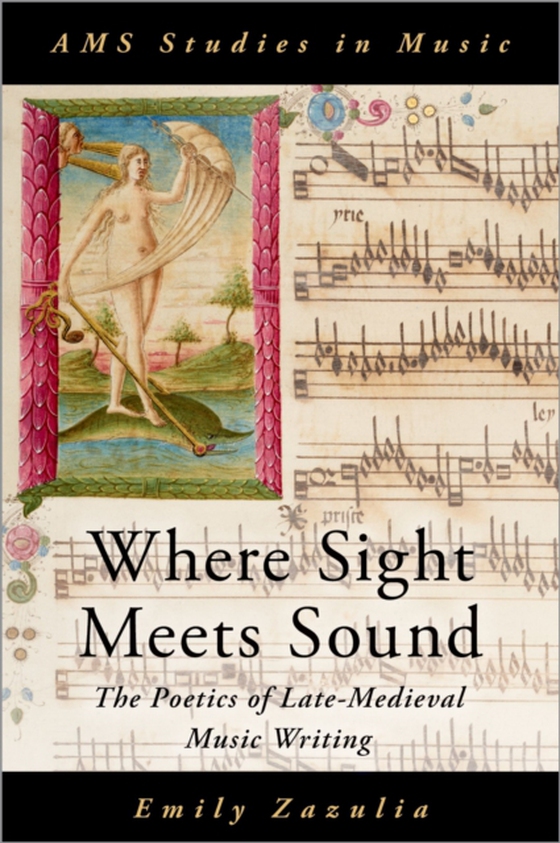
Where Sight Meets Sound e-bog
366,80 DKK
(inkl. moms 458,50 DKK)
The main function of western musical notation is incidental: it prescribes and records sound. But during the fourteenth and fifteenth centuries, notation began to take on an aesthetic life all its own. In the early fifteenth century, a musician might be asked to sing a line slower, faster, or starting on a different pitch than what is written. By the end of the century composers had begun taski...
E-bog
366,80 DKK
Forlag
Oxford University Press
Udgivet
2 november 2021
Genrer
Theory of music and musicology
Sprog
English
Format
pdf
Beskyttelse
LCP
ISBN
9780197551929
The main function of western musical notation is incidental: it prescribes and records sound. But during the fourteenth and fifteenth centuries, notation began to take on an aesthetic life all its own. In the early fifteenth century, a musician might be asked to sing a line slower, faster, or starting on a different pitch than what is written. By the end of the century composers had begun tasking singers with solving elaborate puzzles to produce sounds whose relationship to the written notes is anything but obvious. These instructions, which appear by turns unnecessary and confounding, challenge traditional conceptions of music writing that understand notation as an incidental consequence of the desire to record sound. This book explores innovations in late-medieval music writing as well as how modern scholarship on notation has informedsometimes erroneouslyideas about the premodern era. Drawing on both musical and music-theoretical evidence, this book reframes our understanding of late-medieval musical notation as a system that was innovative, cutting-edge, and dynamicone that could be used to generate music, not just preserve it.
 Dansk
Dansk

